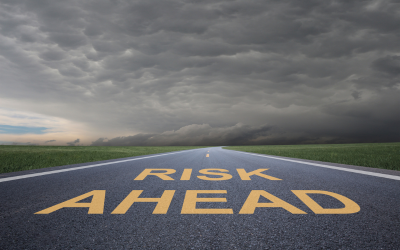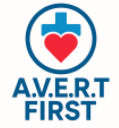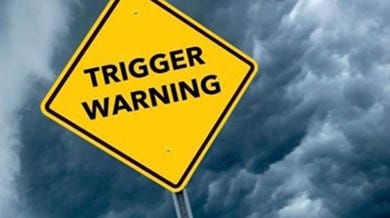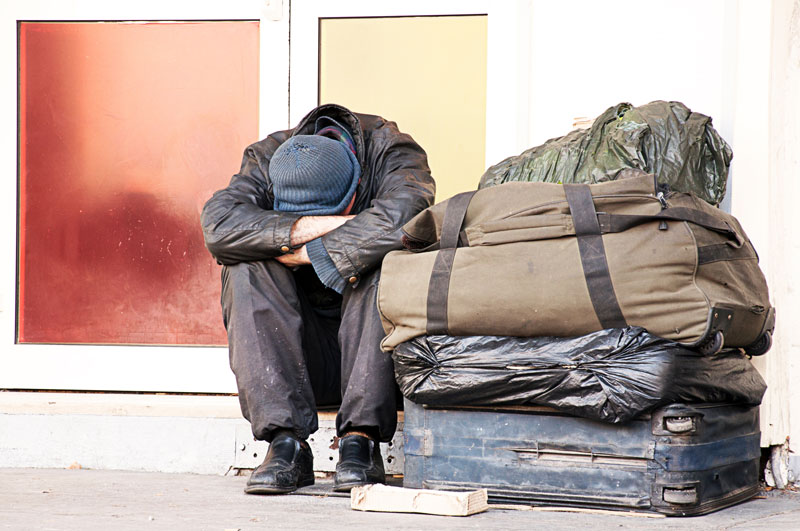

Step 2: Risk
What It Is
Risk is the specific hazard, threat, or stressor that has the potential to exploit a vulnerability and lead to harm. Unlike vulnerability (a condition of being susceptible), risk is the active element that can trigger harm if exposure occurs.
Think of it this way:
-
Vulnerability = dry grass.
-
Risk = the match that could ignite it.
Risks can be:
-
Physical: Unsafe housing, lack of seatbelts, poor lighting, contaminated water.
-
Behavioral: Substance use, unsafe sexual practices, reckless driving.
-
Psychosocial: Bullying, domestic violence, untreated mental illness.
-
Systemic: Policy gaps, provider bias, inequitable access to care.
Relationship to the Pathway of Harm
-
Risk follows vulnerability: risks are more likely to cause damage where vulnerabilities exist.
-
A risk may remain neutral if not combined with vulnerability (e.g., a healthy adult may not be harmed by the same fall risk that threatens a frail elder).
-
Identifying risks early creates an opportunity to interrupt the chain before crisis.
What We Train Individuals to Do
Through structured recognition tools, A.V.E.R.T. teaches people to:
-
Identify risks in context (environment, behavior, system).
-
Prioritize — not every risk is equal; we train individuals to weigh likelihood and severity.
-
Connect risk with vulnerability — asking “who is most likely to be harmed if this hazard is present?”
-
Take practical steps — remove small risks, report larger ones, or signal for help when risks exceed personal capacity.
We emphasize situational awareness: training individuals to scan for risks not as isolated threats, but as part of a larger harm pathway.
What We Hope Others (Clinicians, Leaders, Systems) Will Do
-
Clinicians: Move beyond symptom management to address proximal risks (e.g., identifying a suicide risk in a patient with depression, reducing fall hazards in patients with frailty).
-
Public Health & Leaders: Track patterns of risk across populations — such as neighborhoods with higher overdose rates — and respond with preventive infrastructure.
-
Systems: Integrate risk assessments into workflows, safety protocols, and policy design so risks are neutralized before exposure occurs.
Examples of Risk in Action
-
Individual: A person prescribed opioids who also has untreated depression faces the risk of misuse or overdose.
-
Youth: A student experiencing bullying at school faces the risk of self-harm or dropping out.
-
Community/System: An urban neighborhood with poor lighting, high unemployment, and limited police presence faces heightened risks of violence.
Illustrative Statistics
-
Firearm access increases the risk of suicide by 3–5x, especially in vulnerable youth or adults with depression.
-
Bullying victims are at 2x higher risk of self-harm or suicidal behavior.
-
Communities with high alcohol outlet density show greater than 40% increased risk of alcohol-related harms.
Takeaway/Summary
Risk is the active hazard that turns vulnerability into danger. A.V.E.R.T. trains individuals to notice risks, connect them to vulnerabilities, and take timely action. When risks are addressed early — whether at the individual, clinical, or systemic level — the pathway to harm can be interrupted before crisis.
What It Is
Exposure is the moment when a person, group, or system comes into direct contact with a risk.
-
Vulnerability sets the stage.
-
Risk provides the hazard.
-
Exposure is when the two actually meet.
Exposure can be:
-
Acute: One-time event (e.g., a child finding unsecured medication).
-
Chronic: Ongoing presence of risk (e.g., living in an unsafe neighborhood, working in a toxic workplace).
-
Cumulative: Multiple exposures over time that build toward harm (e.g., repeated microaggressions, ongoing secondhand smoke).
Relationship to the Pathway of Harm
-
Exposure is the bridge between risk and crisis.
-
Without exposure, risks remain theoretical.
-
The more frequent, prolonged, or intense the exposure, the higher the likelihood of harm.
-
Vulnerability determines how severely exposure impacts the individual or system.
What We Train Individuals to Do
In A.V.E.R.T., training emphasizes:
-
Observation of exposure points — When and where are vulnerable individuals coming into contact with risk?
-
Distinguish between background risk and actual exposure — Is the person just at risk, or have they already been exposed?
-
Intervene at low-threshold moments — Remove the person from the exposure or reduce contact with the hazard before crisis develops.
-
Documentation & communication — Note exposures clearly, so that clinicians, leaders, or systems can act.
We don’t just want people to “see danger” — we train them to notice when danger becomes contact.
What We Hope Others (Clinicians, Leaders, Systems) Will Do
-
Clinicians: Assess both reported and hidden exposures (e.g., medication interactions, domestic violence, trauma histories).
-
Public Health & Leaders: Map exposures at the population level (e.g., air pollution, unsafe housing, food deserts).
-
Systems: Implement safety nets (e.g., housing inspections, workplace safety standards, school anti-bullying programs) that minimize exposure before harm takes hold.
Examples of Exposure in Action
-
Individual: An elder with poor balance (vulnerability) faces the risk of falling, but actual exposure occurs when they are left unsupervised on unsafe stairs.
-
Youth: A teen vulnerable to loneliness (vulnerability) encounters online bullying (risk) when directly targeted on social media (exposure).
-
Community/System: A community vulnerable due to poverty and poor infrastructure faces flood risk, and actual exposure happens when the levee breaks.
Illustrative Statistics
-
Prolonged exposure to childhood adversity (ACEs) is linked to a 2–12x higher risk of chronic disease, substance use, and mental illness in adulthood.
-
Workers exposed to toxic substances without adequate protections are 3x more likely to develop long-term health issues.
-
Communities exposed to environmental pollutants face higher rates of cancer, asthma, and developmental delays.
Takeaway/Summary
Exposure is the turning point when vulnerability meets risk in real life. A.V.E.R.T. equips individuals to spot exposures early, interrupt them when possible, and escalate concerns to those who can mitigate them. Preventing or limiting exposure is one of the most direct ways to stop harm before it becomes crisis.







